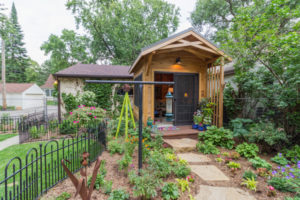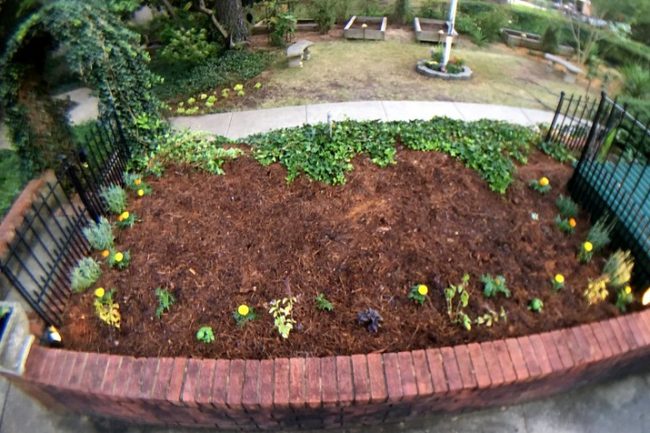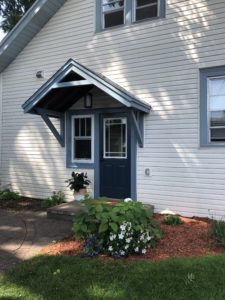Property value in Minneapolis isn’t just about neighborhood deeds and taxes — it’s living the homeowner’s dream in a quiet, country-like setting. Planting a low-maintenance garden enhances your small piece of the world with fresh flowers and vegetables. It also attracts would-be buyers to this dream of simple living.
The average value of homes in Minnesota is just under $330,000. One intangible — yet, just as real — sales value is whether buyers can see themselves playing in the garden.
When making an indoor renovation project list and before dropping the first seed into the ground, follow these simple steps to grow a prolific – yet low-maintenance garden.

Location
Most plants must absorb 6 to 8 hours of direct sunlight each day. Draw a simple diagram to determine how much sunlight your chosen spot receives. Starting at 7 a.m. and each hour afterward, mark off the sections for sun or shade. Areas that have at least 6 hours of sun per day are suitable for most flowers and vegetables in Minneapolis. Dig the garden on flat land to keep water from pooling or sliding away from plant roots.
Go Native
Native plants are your best bet for letting nature do most of the work when it comes to the greenery around your home. Flowers and plants that have been growing here since the first European settlers arrived will thrive with little effort on your part. The same rule applies to the type of grass you plant. Kentucky bluegrass and fescues grow well here with little maintenance.
Veggies and Fruits
Minnesota’s cool-season crops are perfect for your Twin Cities garden. A Minneapolis planting calendar guides the way to red tomatoes, orange carrots, yellow corn, green beans, blueberries, indigo plums, and violet (well, purple) cabbage — everything in your fruit and veggie rainbow. Vegetable gardens are a great way to add color to your yard with very little effort.
Plant what you like, but if you want to impress your visitors, dig a vine garden for pumpkins and cucumbers. Add some dill and garlic, and you’ll be ready to make your own dill pickles!
Pro Tip: If the home is on the market, set up a few open house visitations at the height of harvest times
Mulch is a Must

Mulching the garden and flowerbeds keeps from having to weed. It also helps your plants preserve moisture, so you don’t have to spend much time watering. Organic mulch breaks down into compost to feed the soil, but it needs replacing periodically. Crushed rock, tiny glass beads, gravel, and plastic mulches last longer, but they do not let water flow through to plant roots.
Rocks, Rain Gardens and Hardscapes
Rocks don’t grow well, but they do spruce up a rain garden or sculpted xeriscape. Rock gardens and xeriscaping don’t cost much money or need water, and they work well in shaded areas. Various-sized rocks, ornamental grasses like switchgrass and blue fescue add color and texture to the scenery. Hang a birdbath and feeders to this peaceful, serene setting.
Rain gardens attract birds, butterflies, bees, and other pollinators to wildflowers. They also prevent runoff and flooding in your yard. Strong, deep roots prevent erosion by holding soil in place.

Low-maintenance is almost no-maintenance with planters and other types of containers. Flowers and some vegetables and fruits are well-suited for containers with holes on the bottom for draining. Planters are mobile, so you can move them to different areas as the sun’s direction changes. (Purchase a plant light if you bring them indoors for a long-term stay). One thing to note — when planting in containers, use fresh soil from a garden store. Old garden dirt or flower bed soil is likely contaminated with weed seeds and fungi.
Keep in mind: The more hardscaping you add, the less lawn you’ll have to mow and weed. Now may be the perfect time to expand your patio or deck. Add a retaining wall with room for container plants. You’ll have a beautiful garden to enjoy playing – not working- in.
Bryce Leghorn is the one-stop go-to guide for all of his friends’ and families’ landscaping questions. He loves learning about new technologies and then testing them next to his tried and true traditions. When he isn’t in his garden, he is busy camping off-grid.
